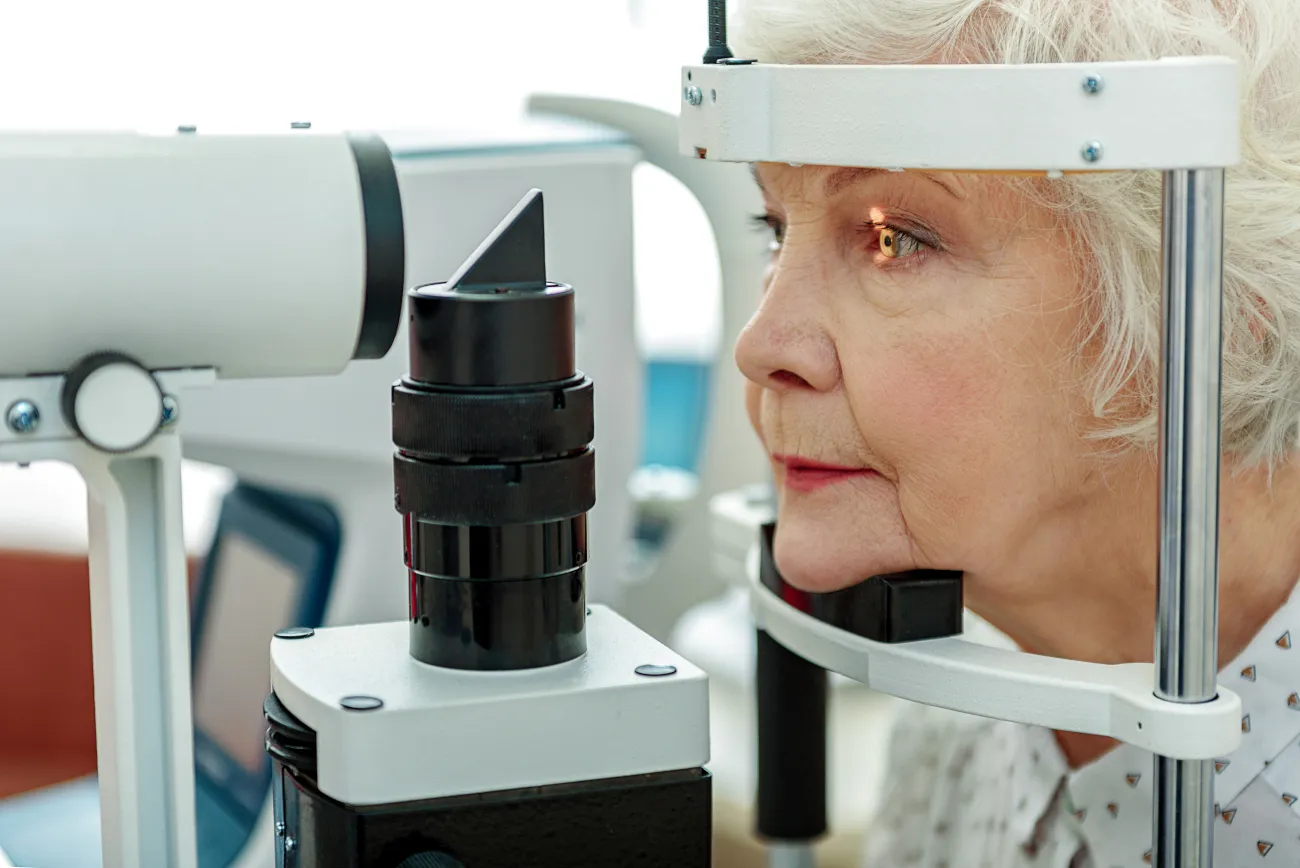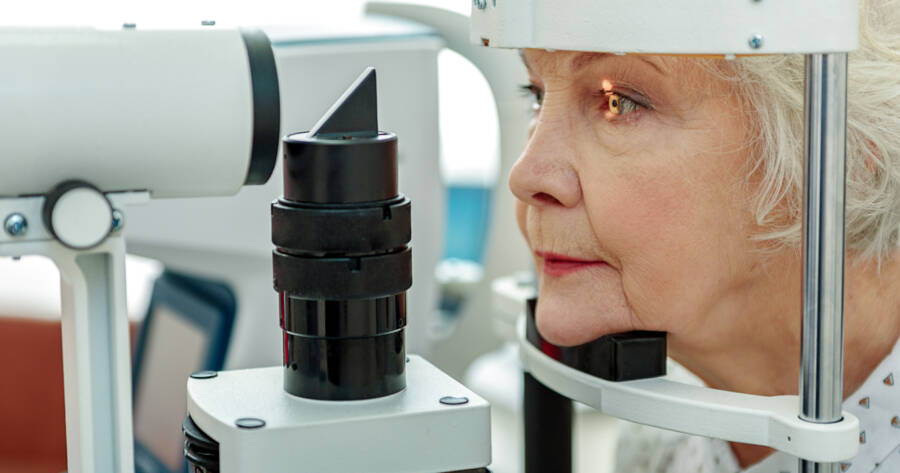Wet macular degeneration is a leading cause of vision loss in older adults, often resulting in blurred or distorted central vision. Fortunately, recent advances in medical technology have provided a range of treatment options for those affected by this eye condition. If you’re hoping to preserve your vision, you can find wet macular degeneration treatment options with an online search right now.
Understanding Wet Macular Degeneration
Wet macular degeneration, also known as neovascular age-related macular degeneration (AMD), occurs when abnormal blood vessels grow beneath the retina. These vessels tend to be fragile and leak fluid or blood, leading to damage in the macula.
The macula is the central part of the retina responsible for detailed, central vision. Wet AMD is less common than dry AMD, but it tends to progress more rapidly and cause more significant vision loss.
Early Detection and Monitoring
One crucial aspect of managing wet AMD is early detection and consistent monitoring. The use of a tool called an Amsler grid can help individuals detect changes in their vision at home. The grid consists of horizontal and vertical lines with a central dot, and patients are advised to look for any wavy, blurry, or missing lines.
In addition to at-home monitoring, regular eye exams with an ophthalmologist are critical. Eye care professionals use a variety of diagnostic tools, such as optical coherence tomography (OCT) and fluorescein angiography, to detect and monitor the disease. Timely diagnosis can significantly improve the success of treatment interventions.
Anti-VEGF Injections: A Primary Treatment Option
Anti-vascular endothelial growth factor (anti-VEGF) injections are currently the primary treatment option for wet AMD. VEGF is a protein responsible for stimulating the growth of new blood vessels. By blocking VEGF, these injections can slow the growth of abnormal blood vessels and reduce leakage in the retina.
Patients typically receive anti-VEGF injections on a monthly or bimonthly basis, depending on their specific needs. While these injections may not cure wet AMD, they have been shown to significantly slow the progression of the disease and improve vision in many cases. Common brand names of these medications include Beovu, Eylea, Lucentis, and Avastin.
The prices for Beovu, Eylea, and Lucentis treatments were approximately $1,800 to $2,000 each, while Avastin cost only $50 per treatment. Using these figures, the annual cost of the more expensive medications (Beovu, Eylea, and Lucentis) can range from $10,800 to $24,000 per eye. In contrast, the annual cost for Avastin would range from $300 to $600 per eye.
Laser Photocoagulation: A Second-Line Treatment
Laser photocoagulation is an older, less commonly used treatment option for wet AMD. It involves using a high-energy laser to destroy abnormal blood vessels beneath the retina. While this approach can help to prevent further vision loss, it may also cause some collateral damage to the surrounding healthy retinal tissue.
Due to its risks, laser photocoagulation is typically reserved for patients who don’t respond well to anti-VEGF therapy. The expenses associated with a laser photocoagulation session can vary between $349 and $805, contingent on the location where the procedure is performed.
Photodynamic Therapy: A Targeted Approach
Photodynamic therapy (PDT) is another treatment option for wet AMD, which uses a combination of light-sensitive medication and low-power laser light. Patients receive an intravenous infusion of a light-sensitive drug called verteporfin, which accumulates in the abnormal blood vessels. A low-power laser is then directed at the retina, activating the drug and causing the blood vessels to close.
PDT is a less invasive alternative to laser photocoagulation and can be combined with anti-VEGF therapy for improved outcomes. While it may not restore lost vision, PDT can help to stabilize vision and prevent further vision loss in some cases.
PDT costs can vary depending on factors such as insurance coverage, the extent of the treatment area, and the number of required doctor’s visits. With single treatment costs ranging from $100 to over $4,000, a series of PDT treatments could potentially exceed $10,000 throughout several months or years.
Emerging Treatments and Clinical Trials
Medical research continues to explore new treatments and approaches for managing wet AMD. Stem cell therapy, for example, aims to replace damaged retinal cells with healthy cells derived from stem cells.
Meanwhile, gene therapy seeks to correct or modify the genes responsible for AMD development. The cost of stem cell therapy ranges greatly, from less than $5,000 to over $25,000.
The Importance of a Healthy Lifestyle
In addition to medical treatments, maintaining a healthy lifestyle can play a critical role in managing wet AMD. A diet rich in antioxidants, omega-3 fatty acids, and other nutrients can slow the progression of AMD. Consuming leafy greens, fish, and nuts may provide essential nutrients for eye health.
Regular exercise, maintaining a healthy weight, and avoiding smoking can also help reduce the risk of AMD progression. While these lifestyle changes may not cure wet AMD, they can contribute to overall eye health. Plus, they support the effectiveness of various medical treatments.
There Is Hope
Wet macular degeneration is a challenging eye condition that can significantly impact an individual’s quality of life. However, recent advancements in treatment options, such as anti-VEGF injections and photodynamic therapy, offer hope.
Early detection, regular monitoring, and a healthy lifestyle can further improve outcomes. Additionally, they can empower those affected by wet AMD to maintain their independence and well-being. If you or someone you love is struggling with this disease, consult with a doctor. A health professional can guide you through the most effective treatment options.
 Shutterstock: Olena Yakobchuk
Shutterstock: Olena Yakobchuk


